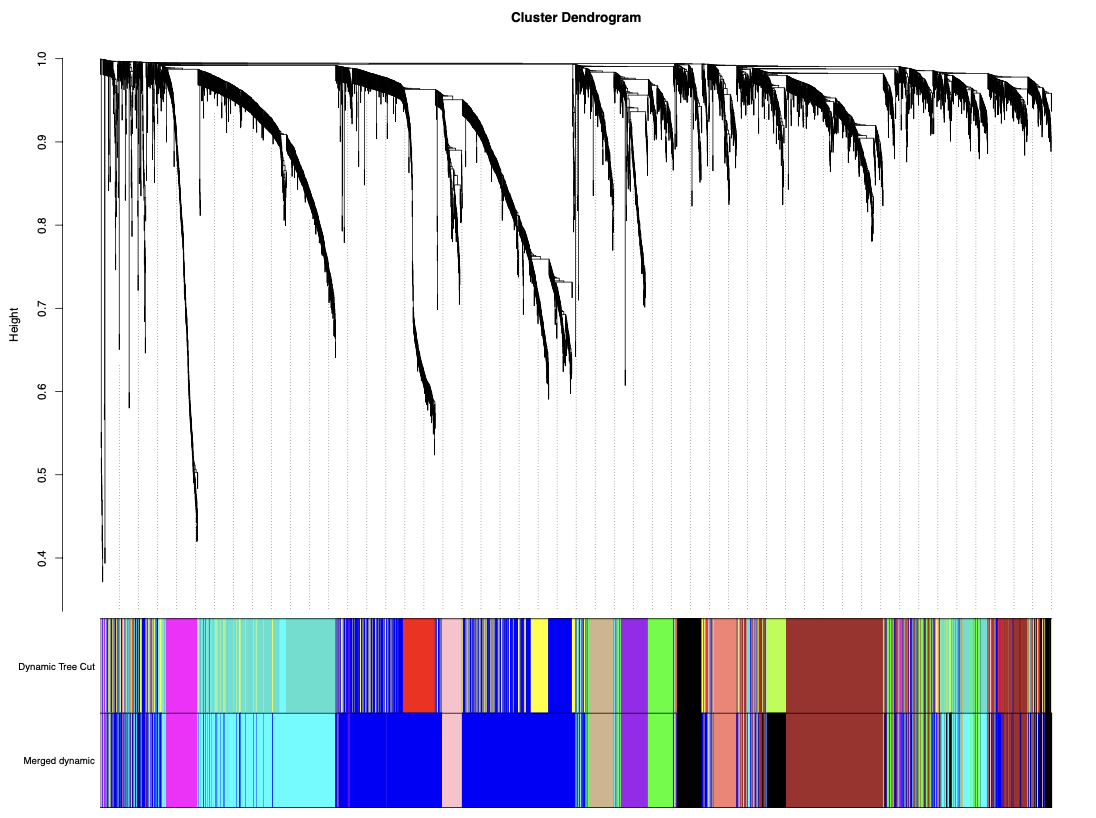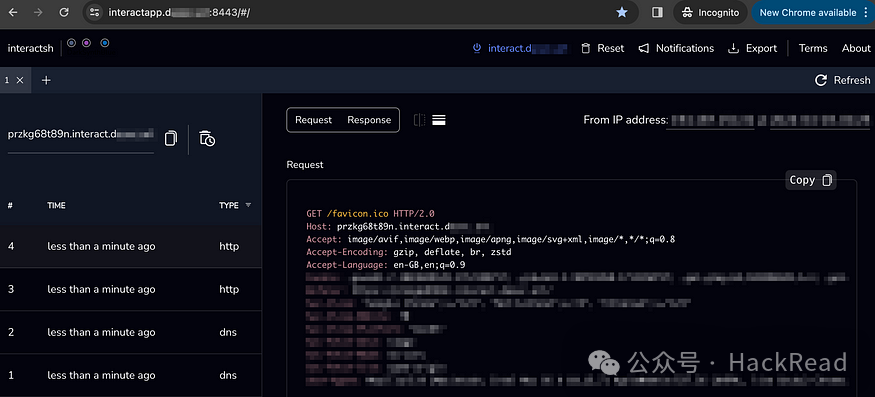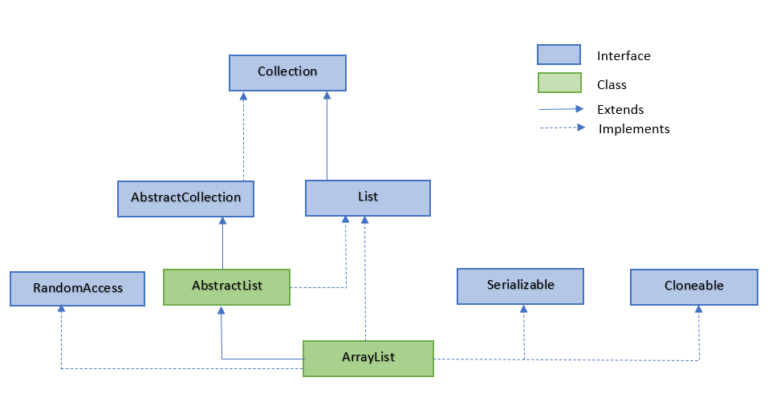第二部分:基本语法
第2章:基本语法
变量声明:let, const, var
变量声明
- var:全局或函数级作用域,可重复声明同名变量。
- let:块级作用域,不可重复声明同名变量。
- const:块级作用域,声明常量,一旦赋值不可更改。
示例:
// 使用var声明变量
var x = 10;
if (true) {
var x = 20; // 在整个作用域内都可以访问
}
console.log(x); // 输出20
// 使用let声明变量
let y = 10;
if (true) {
let y = 20; // 仅在if块内可访问
}
console.log(y); // 输出10
// 使用const声明常量
const PI = 3.14;
// PI = 3.15; // 抛出错误:Assignment to constant variable.
数据类型:字符串、数字、布尔值、数组、对象
字符串
- 字符串可以使用单引号或双引号包裹。
- 使用模板字符串可以方便地拼接字符串。
示例:
let name = 'Alice';
let greeting = `Hello, ${name}!`; // 使用模板字符串
console.log(greeting); // 输出: Hello, Alice!
数字
- 数字可以表示整数或浮点数。
示例:
let age = 25;
let pi = 3.14159;
console.log(age + pi); // 输出: 28.14159
布尔值
- 布尔值有两个可能的值:true 和 false。
示例:
let isAdult = true;
console.log(isAdult); // 输出: true
数组
- 数组用于存储多个值。
示例:
let fruits = ['apple', 'banana', 'orange'];
fruits.push('grape'); // 添加元素
console.log(fruits[0]); // 输出: apple
console.log(fruits.length); // 输出: 4
对象
- 对象用于存储键值对。
示例:
let person = {
name: 'Bob',
age: 30,
sayHello: function() {
console.log(`Hello, my name is ${this.name}.`);
}
};
person.sayHello(); // 输出: Hello, my name is Bob.
字面量与构造函数
字面量
- 字面量是直接在代码中表示值的一种方式。
- 字符串、数字、布尔值、数组、对象都可以使用字面量表示。
构造函数
- 构造函数是一种特殊的函数,用于创建具有特定属性和方法的对象。
示例:
// 字面量表示
let literalPerson = { name: 'Charlie', age: 35 };
// 构造函数表示
function Person(name, age) {
this.name = name;
this.age = age;
this.greet = function() {
console.log(`Hi, I'm ${this.name} and I am ${this.age} years old.`);
};
}
let constructedPerson = new Person('David', 40);
constructedPerson.greet(); // 输出: Hi, I'm David and I am 40 years old.
运算符:算术运算符、比较运算符、逻辑运算符
算术运算符
- 常见的算术运算符包括:加 (+)、减 (-)、乘 (*)、除 (/)、模 (%)。
示例:
let a = 10;
let b = 5;
console.log(a + b); // 输出: 15
console.log(a - b); // 输出: 5
console.log(a * b); // 输出: 50
console.log(a / b); // 输出: 2
console.log(a % b); // 输出: 0
比较运算符
- 比较运算符用来比较两个值,并返回一个布尔值。
示例:
let c = 10;
let d = 20;
console.log(c == d); // 输出: false
console.log(c != d); // 输出: true
console.log(c > d); // 输出: false
console.log(c < d); // 输出: true
console.log(c >= d); // 输出: false
console.log(c <= d); // 输出: true
逻辑运算符
- 主要有逻辑与 (&&)、逻辑或 (||) 和逻辑非 (!)。
示例:
let e = true;
let f = false;
console.log(e && f); // 输出: false
console.log(e || f); // 输出: true
console.log(!e); // 输出: false
表达式与语句
表达式
- 表达式是用来计算值的一组元素。
语句
- 语句是执行某些操作的一组元素。
示例:
// 表达式
let result = 1 + 2;
// 语句
if (result > 2) {
console.log('Result is greater than 2.');
} else {
console.log('Result is not greater than 2.');
}
通过这些示例,读者可以更好地理解JavaScript的基本语法,并学会如何在实际的业务场景中应用这些语法。例如,在创建用户界面时,可以使用变量和对象来管理用户数据;在处理用户输入时,可以利用条件语句和循环来实现逻辑判断和数据处理。

我们会继续添加更多案例来帮助读者更好地理解和应用JavaScript的基本语法。以下是一些新的案例,涵盖了常见的业务应用场景:
第二部分:基本语法
第2章:基本语法
变量声明:let, const, var
示例:变量作用域与提升
console.log(x); // 输出: undefined
console.log(y); // 抛出ReferenceError,因为let声明的变量不会被提升
var x = 10;
let y = 20;
示例:常量的使用
const PI = 3.14159;
console.log(PI); // 输出: 3.14159
// PI = 3.15; // 抛出TypeError,因为const声明的变量不可重新赋值
示例:变量在循环中的作用域
for (let i = 0; i < 5; i++) {
console.log(i); // 输出: 0, 1, 2, 3, 4
}
// console.log(i); // 抛出ReferenceError,因为let声明的i只在循环体内部有效
数据类型:字符串、数字、布尔值、数组、对象
示例:字符串操作
let name = 'Alice';
let message = `Hello, ${name}!`;
console.log(message); // 输出: Hello, Alice!
// 字符串长度
console.log(name.length); // 输出: 5
// 字符串截取
console.log(name.substring(1, 3)); // 输出: li
示例:数字操作
let num1 = 10;
let num2 = 5.5;
// 四舍五入
console.log(Math.round(num2)); // 输出: 6
// 保留两位小数
console.log(num2.toFixed(2)); // 输出: "5.50"
// 进行数学运算
console.log(num1 + num2); // 输出: 15.5
console.log(num1 * num2); // 输出: 55
示例:布尔值的使用
let isLoggedIn = true;
let isStudent = false;
// 条件判断
if (isLoggedIn) {
console.log('用户已登录');
} else {
console.log('用户未登录');
}
// 布尔值转换
console.log(Boolean(0)); // 输出: false
console.log(Boolean('')); // 输出: false
示例:数组操作
let fruits = ['apple', 'banana', 'orange'];
// 添加元素
fruits.push('grape');
console.log(fruits); // 输出: ['apple', 'banana', 'orange', 'grape']
// 移除元素
fruits.pop();
console.log(fruits); // 输出: ['apple', 'banana', 'orange']
// 遍历数组
fruits.forEach((fruit, index) => {
console.log(`${index}: ${fruit}`);
});
// 输出:
// 0: apple
// 1: banana
// 2: orange
示例:对象操作
let person = {
name: 'Bob',
age: 30,
hobbies: ['reading', 'coding'],
greet: function() {
console.log(`Hello, my name is ${this.name}.`);
}
};
// 访问对象属性
console.log(person.name); // 输出: Bob
console.log(person['age']); // 输出: 30
// 修改对象属性
person.age = 31;
console.log(person.age); // 输出: 31
// 调用对象方法
person.greet(); // 输出: Hello, my name is Bob.
// 遍历对象属性
Object.keys(person).forEach(key => {
console.log(`${key}: ${person[key]}`);
});
// 输出:
// name: Bob
// age: 31
// hobbies: reading,coding
// greet: [Function: greet]
字面量与构造函数
示例:使用构造函数创建对象
function Car(make, model, year) {
this.make = make;
this.model = model;
this.year = year;
this.describe = function() {
console.log(`${this.make} ${this.model} from ${this.year}`);
};
}
let myCar = new Car('Toyota', 'Corolla', 2020);
myCar.describe(); // 输出: Toyota Corolla from 2020
运算符:算术运算符、比较运算符、逻辑运算符
示例:使用算术运算符
let a = 10;
let b = 5;
console.log(a + b); // 输出: 15
console.log(a - b); // 输出: 5
console.log(a * b); // 输出: 50
console.log(a / b); // 输出: 2
console.log(a % b); // 输出: 0
console.log(++a); // 输出: 11
console.log(--b); // 输出: 4
示例:使用比较运算符
let c = 10;
let d = 20;
console.log(c == d); // 输出: false
console.log(c != d); // 输出: true
console.log(c > d); // 输出: false
console.log(c < d); // 输出: true
console.log(c >= d); // 输出: false
console.log(c <= d); // 输出: true
console.log(c === '10'); // 输出: false
示例:使用逻辑运算符
let e = true;
let f = false;
console.log(e && f); // 输出: false
console.log(e || f); // 输出: true
console.log(!e); // 输出: false
console.log(!(e && f)); // 输出: true
console.log((e && f) || !f); // 输出: true
表达式与语句
示例:复合赋值运算符
let x = 10;
x += 5; // 等价于 x = x + 5;
console.log(x); // 输出: 15
x *= 2; // 等价于 x = x * 2;
console.log(x); // 输出: 30
示例:条件(三元)运算符
let score = 85;
let grade = score >= 60 ? '及格' : '不及格';
console.log(grade); // 输出: 及格
let bonus = score > 90 ? 100 : (score > 80 ? 50 : 0);
console.log(bonus); // 输出: 50
示例:switch 语句
let dayOfWeek = 'Wednesday';
switch (dayOfWeek) {
case 'Monday':
console.log('Today is Monday.');
break;
case 'Tuesday':
console.log('Today is Tuesday.');
break;
case 'Wednesday':
console.log('Today is Wednesday.');
break;
default:
console.log('Today is not one of the first three days.');
}
// 输出: Today is Wednesday.
通过这些示例,读者可以进一步理解JavaScript中的变量声明、数据类型、运算符以及语句的使用,并且能够将这些基本概念应用于实际的业务场景中,如用户信息管理、表单验证、数据处理等。

我们继续增加一些示例,以便更全面地展示JavaScript在实际业务场景中的应用。这次我们将关注一些常见的业务需求,如数据验证、表单处理、动态更新UI等。
第二部分:基本语法
第2章:基本语法
字面量与构造函数
示例:构造函数与继承
function Vehicle(make, model, year) {
this.make = make;
this.model = model;
this.year = year;
}
Vehicle.prototype.describe = function() {
console.log(`${this.year} ${this.make} ${this.model}`);
};
function Car(make, model, year, doors) {
Vehicle.call(this, make, model, year); // 调用父类构造函数
this.doors = doors;
}
// 继承Vehicle
Car.prototype = Object.create(Vehicle.prototype);
Car.prototype.constructor = Car;
let myCar = new Car('Toyota', 'Corolla', 2020, 4);
myCar.describe(); // 输出: 2020 Toyota Corolla
console.log(myCar.doors); // 输出: 4
运算符:算术运算符、比较运算符、逻辑运算符
示例:位运算符
let a = 5; // 二进制形式为 0101
let b = 3; // 二进制形式为 0011
console.log(a & b); // 按位与运算,输出: 1 (二进制0001)
console.log(a | b); // 按位或运算,输出: 7 (二进制0111)
console.log(a ^ b); // 按位异或运算,输出: 6 (二进制0110)
console.log(~a); // 按位非运算,输出: -6 (二进制...11111010)
console.log(a << 1); // 左移运算,输出: 10 (二进制1010)
console.log(a >> 1); // 右移运算,输出: 2 (二进制0010)
示例:逻辑运算符的短路求值
let user = {
name: 'Alice',
isAdmin: false
};
function adminAccess(user) {
return user.isAdmin && console.log(user.name);
}
adminAccess(user); // 输出: undefined,因为逻辑与左侧为false,右侧不会执行
表达式与语句
示例:使用闭包保护变量
function createCounter() {
let count = 0; // 私有变量
return {
increment: function() {
count++;
return count;
},
decrement: function() {
count--;
return count;
},
getCount: function() {
return count;
}
};
}
let counter = createCounter();
console.log(counter.increment()); // 输出: 1
console.log(counter.decrement()); // 输出: 0
console.log(counter.getCount()); // 输出: 0
示例:动态生成HTML元素
示例:动态生成表格
<!DOCTYPE html>
<html lang="en">
<head>
<meta charset="UTF-8">
<title>Dynamic Table Generation</title>
</head>
<body>
<table id="dataTable"></table>
<script>
let tableData = [
{ name: 'Alice', age: 30 },
{ name: 'Bob', age: 25 },
{ name: 'Carol', age: 28 }
];
function generateTable(tableData) {
let table = document.getElementById('dataTable');
// 创建表头
let headerRow = document.createElement('tr');
let headers = ['Name', 'Age'];
headers.forEach(headerText => {
let th = document.createElement('th');
th.textContent = headerText;
headerRow.appendChild(th);
});
table.appendChild(headerRow);
// 创建数据行
tableData.forEach(rowData => {
let row = document.createElement('tr');
Object.values(rowData).forEach(value => {
let cell = document.createElement('td');
cell.textContent = value;
row.appendChild(cell);
});
table.appendChild(row);
});
}
generateTable(tableData);
</script>
</body>
</html>
示例:使用事件监听器
示例:按钮点击事件
<!DOCTYPE html>
<html lang="en">
<head>
<meta charset="UTF-8">
<title>Button Click Event Listener</title>
</head>
<body>
<button id="clickButton">Click Me!</button>
<p id="message"></p>
<script>
let button = document.getElementById('clickButton');
let message = document.getElementById('message');
button.addEventListener('click', function() {
message.textContent = 'Button was clicked!';
});
</script>
</body>
</html>
示例:表单验证
示例:表单输入验证
<!DOCTYPE html>
<html lang="en">
<head>
<meta charset="UTF-8">
<title>Form Validation</title>
</head>
<body>
<form id="registrationForm">
<label for="username">Username:</label>
<input type="text" id="username" required>
<br>
<label for="password">Password:</label>
<input type="password" id="password" required>
<br>
<button type="submit">Submit</button>
</form>
<p id="validationMessage"></p>
<script>
let form = document.getElementById('registrationForm');
let usernameInput = document.getElementById('username');
let passwordInput = document.getElementById('password');
let message = document.getElementById('validationMessage');
form.addEventListener('submit', function(event) {
event.preventDefault(); // 阻止表单默认提交行为
if (usernameInput.value.trim() === '') {
message.textContent = 'Username cannot be empty.';
return;
}
if (passwordInput.value.trim() === '') {
message.textContent = 'Password cannot be empty.';
return;
}
// 如果验证通过,可以继续处理表单数据
message.textContent = 'Form submitted successfully!';
});
</script>
</body>
</html>

示例:日期和时间
示例:显示当前时间和日期
<!DOCTYPE html>
<html lang="en">
<head>
<meta charset="UTF-8">
<title>Current Date and Time</title>
</head>
<body>
<p id="currentTime"></p>
<script>
function displayCurrentDateTime() {
let now = new Date();
let dateString = now.toLocaleString();
document.getElementById('currentTime').textContent = "Current time: " + dateString;
}
displayCurrentDateTime(); // 页面加载时立即显示时间
</script>
</body>
</html>

通过这些示例,读者可以更好地理解如何使用JavaScript进行数据处理、事件处理、动态生成HTML元素等操作,并将这些技术应用到实际的Web开发项目中。




















